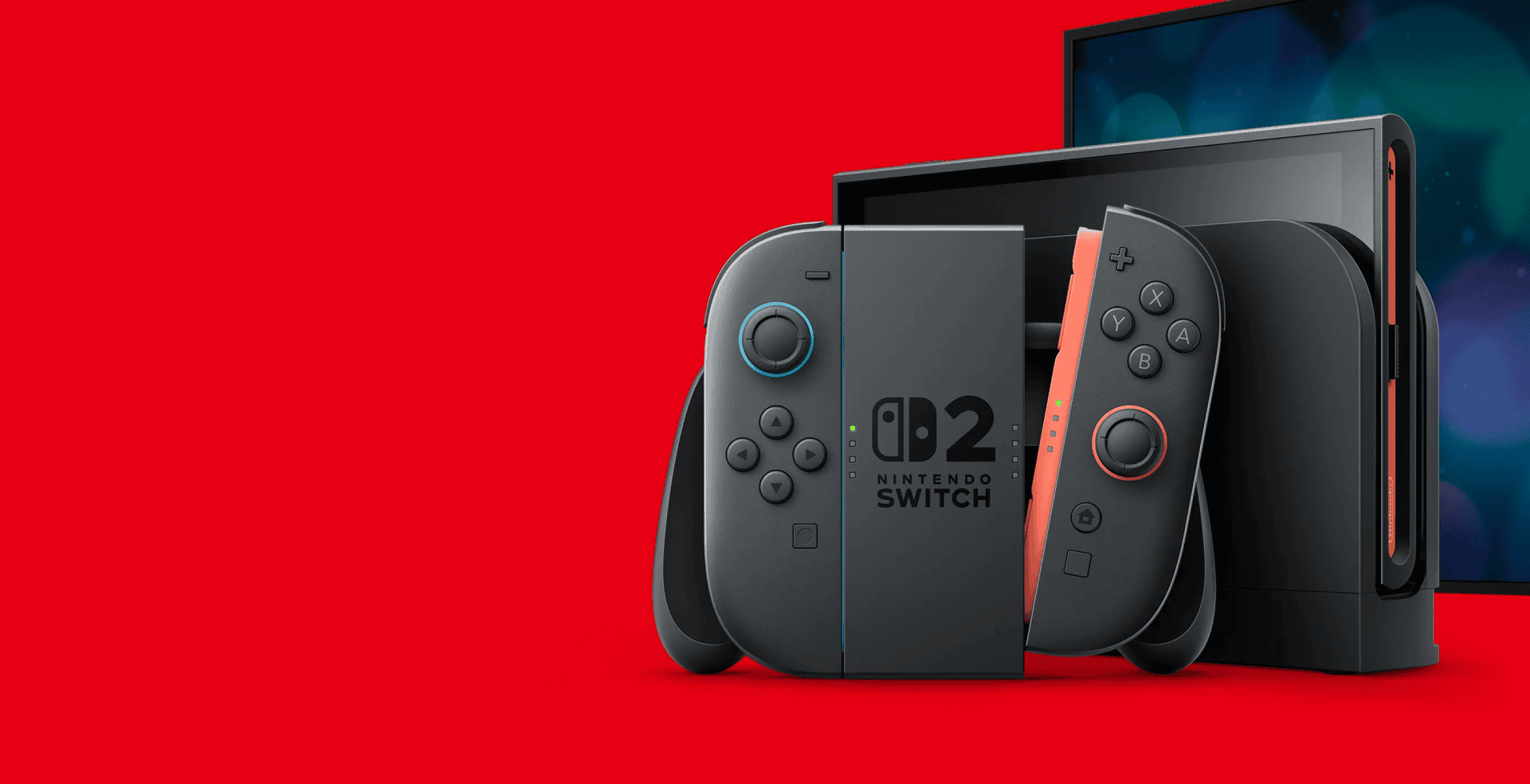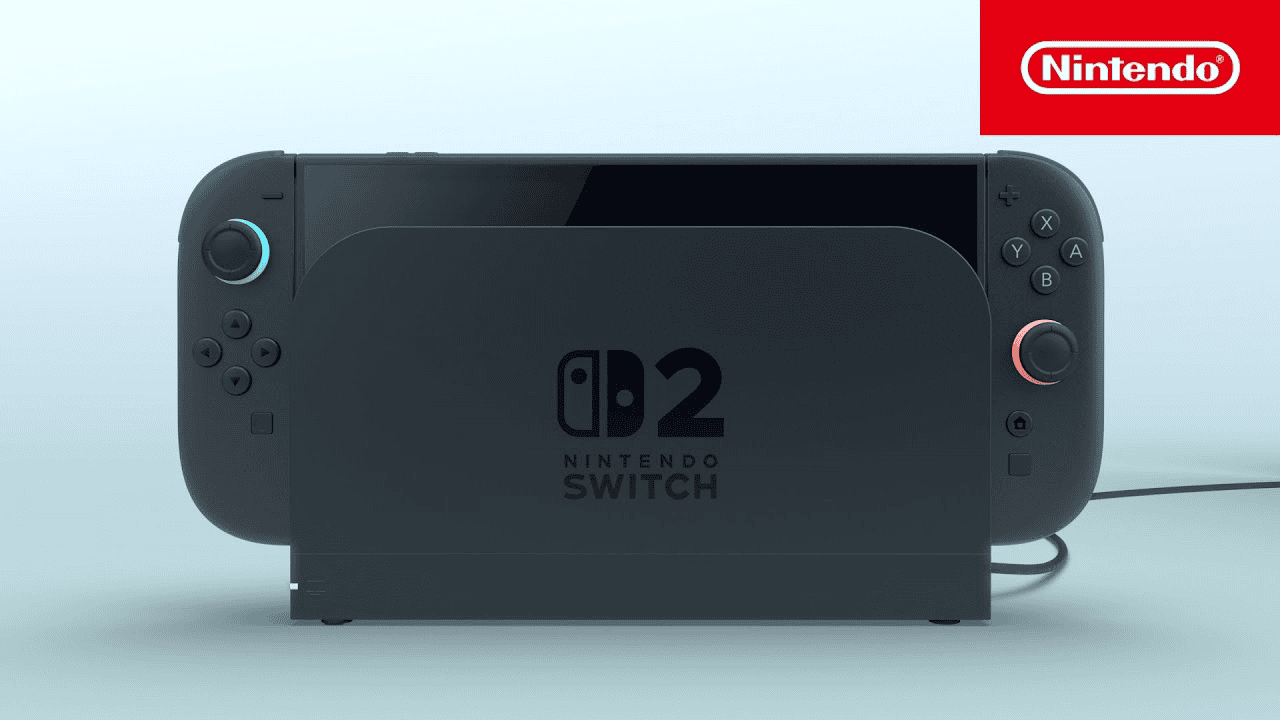Nintendo has confirmed the Switch 2, unveiling the new console in a recent trailer, with more to come in the upcoming months. The news has excited the gaming community, as it’s been eight years since the first Switch. While the new console is highly anticipated, potential players should evaluate security options before diving into the launch titles.
Sadly, just about every gaming console has been subjected to some sort of compromise that has affected its audience, and if you bought the first Switch, you may have been part of past breaches involving Nintendo. Since 2020, these incidents have compromised over 300,000 Nintendo Network IDs for Switch, Wii U, and 3DS players. Players who created their accounts on the Switch weren’t affected. However, numerous Nintendo fans have been loyal to multiple generations of consoles.
Those that were affected, suffered compromised accounts that encountered fraudulent purchases and stolen credit card information. While Nintendo refunded these gamers, the damage has affected the community’s perception of the sizable gaming company.
Now, with the reveal and upcoming release of the Nintendo Switch 2, will Nintendo change its tune or will players encounter similar issues when they just want to enjoy Mario Kart?
One of the primary security concerns for the Nintendo Switch 2 is the console’s similarity to its predecessor. When outsiders infiltrated the first Switch, Nintendo released security patches and revised the system. However, it didn’t take long for people to figure out workarounds.
For example, some gamers use modchips to manipulate the Switch’s motherboard to install custom firmware. However, Nintendo has clarified that these devices void the console warranty because they bypass security measures. You might not get your money back if you break the console with at-home soldering.
Before the Nintendo Switch 2 comes out, Mario and Luigi’s company must address modchips to preserve the integrity of their online games. Without robust security measures, players may be able to cheat in the next generation of games. What can Nintendo do to deter these hacking efforts?
It starts with a secure boot protocol to ensure the firmware’s integrity when a player turns on their Switch. If the console contains impermissible code, the hardware should stop running or notify the user. The company also has to have complex encryption methods, thus making it harder for modchips to bypass security.
The security prospects for the Switch 2 are more positive because of Nintendo’s partnership with Nvidia. This hardware is an advanced mobile processor and deserves the scrutiny of both Nvidia and Nintendo. Considering the T239 is exclusive to the Switch, there are fewer opportunities for outside threats to gain an advantage.
With Nintendo’s Nvidia partnership, the likelihood of decryption has decreased. People have turned the platform’s games into read-only memory (ROM) files on their computers, thus accessing Nintendo titles like Super Mario Bros. or Animal Crossing. Frequent security patches and integrity checks could prohibit these occurrences with the Switch 2.
Another area in which Nintendo could increase security is with its employees. Experts say 40% of cybersecurity incidents involve the company’s workers, so staying ahead of internal issues is essential. Security measures like activity logs, nondisclosure agreements, and data segmentation can prevent incidents. Training against phishing and pharming emails may also deter accidental leaks.
Nintendo’s reputation for security precedes it. However, it’s not the only company to endure these problems. Sony, Microsoft, and other prominent gaming companies have also endured cybersecurity issues. Deterring hackers for the Switch 2 should entail learning lessons from Nintendo’s most significant competitors.



